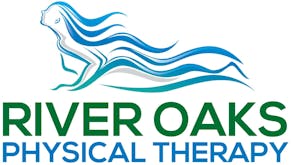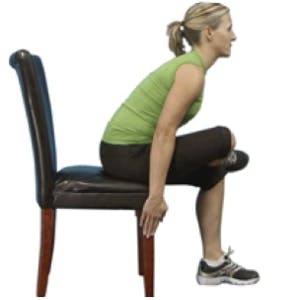An estimated 1.71 billion people across the world live with musculoskeletal disorders. It is considered one of the biggest reasons for disability. If you are sick and tired of bone problems, you may be looking for several key examples of musculoskeletal symptoms and disorders to watch out for.
You can find out more here. Keep reading to learn more about common symptoms of musculoskeletal disorders and conditions.
1. Rheumatoid Arthritis
Rheumatoid arthritis (RA) is a condition marked by chronic inflammation of the joints. It differs from arthritis as RA affects the immune system. With RA, the body attacks its own tissues, which may cause flu-like symptoms.
RA may damage more parts of the body aside from the joints. Using many treatments, including medication and physical therapy, is vital for managing flareups.
2. Carpal Tunnel Syndrome
Carpal tunnel syndrome (CTS) is a musculoskeletal disorder that happens when the nerve that runs from the palm down the forearm is put under pressure. It may appear as muscle weakness, tingling, or pain. Injury to the wrist or repetitive movements may trigger CTS.
Improved posture, stretching, and resting or alternating between activities can help prevent this disorder. However, after developing CTS treatment, such as splinting, medication, or physical therapy may be necessary.
3. Fibromylagia
Fibromyalgia is a common autoimmune condition impacting around 2% of adults. It is characterized by widespread chronic pain, difficulty sleeping, excessive daytime fatigue, brain fog, depression, and anxiety. The unpredictable and disabling pain of fibromyalgia can make daily functioning difficult.
Strengthening exercises are an important treatment for fibromyalgia. Regular physical activity can help manage pain and the other symptoms of this condition.
4. Back Pain
“Back pain” is not a term referring to any specific musculoskeletal disorders themselves. It is one of the most common types of chronic pain experienced by adults at one or more points in their lives. Back pain can be caused by arthritis, conditions affecting the spinal disks, physical injury, structural abnormalities, genetics, poor posture, or aging. Diagnosis is not always the most essential part of relieving pain in the back.
Many types of lower back pain can be helped with movement-based therapies. Exercises that focus on strengthening and stretching the muscles in the core and legs can work to relieve and prevent pain. It is crucial to consult a doctor or physical therapist before starting a new exercise or stretching routine on your own to avoid injury or strain.
Find Relief From Your Musculoskeletal Disorders Now
A great way to ease the pain that comes with musculoskeletal disorders like arthritis, carpal tunnel, tendonitis, or fibromyalgia is with physical therapy or therapeutic massage. We will develop a personalized treatment plan for you to help in restoring mobility and strength. As experts in our field, we strive to assist all of our patients to live healthy, pain-free lives.
If you want to learn more about our physical therapy or therapeutic massage programs for musculoskeletal disorders and symptoms, contact us today.



